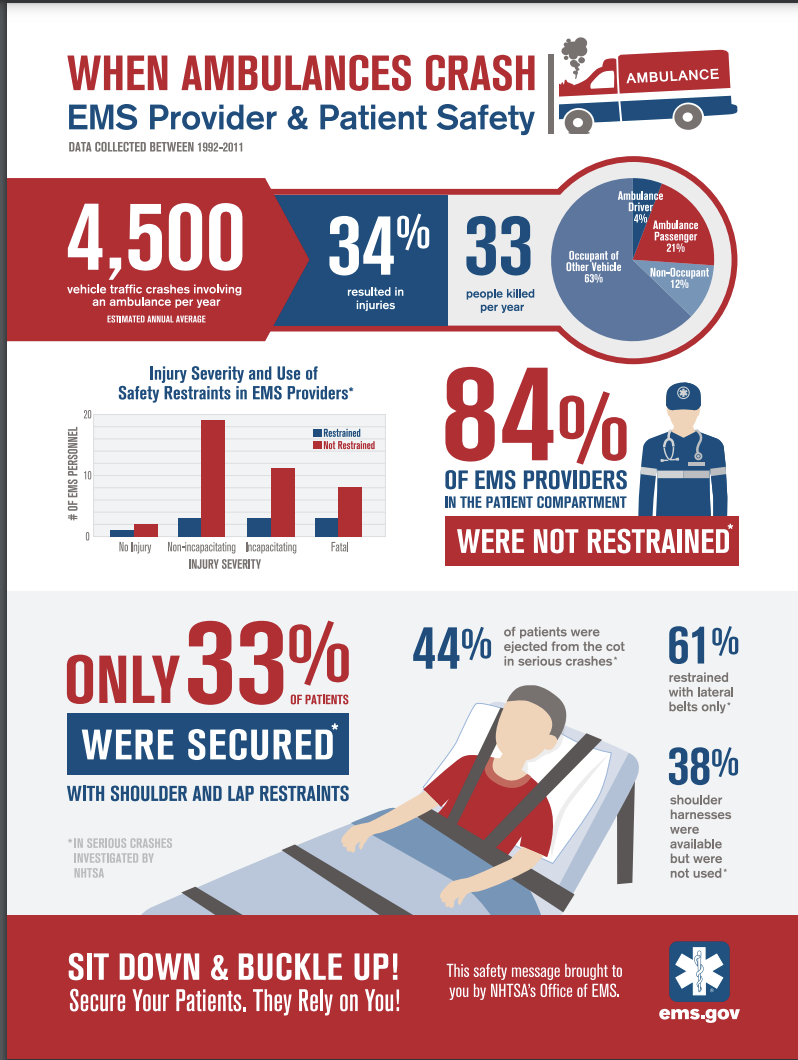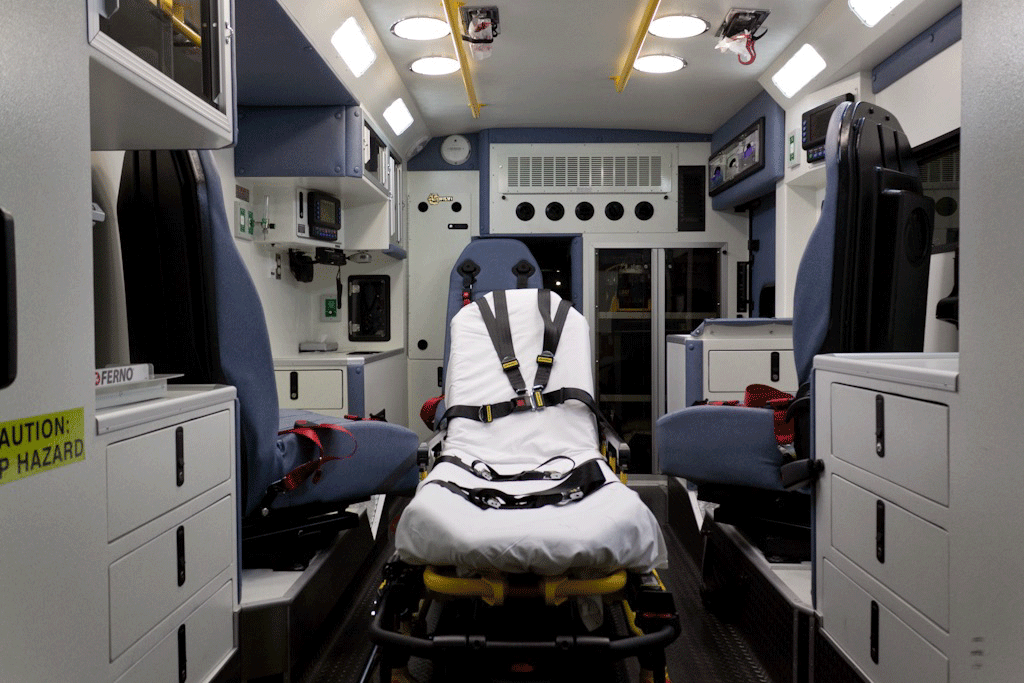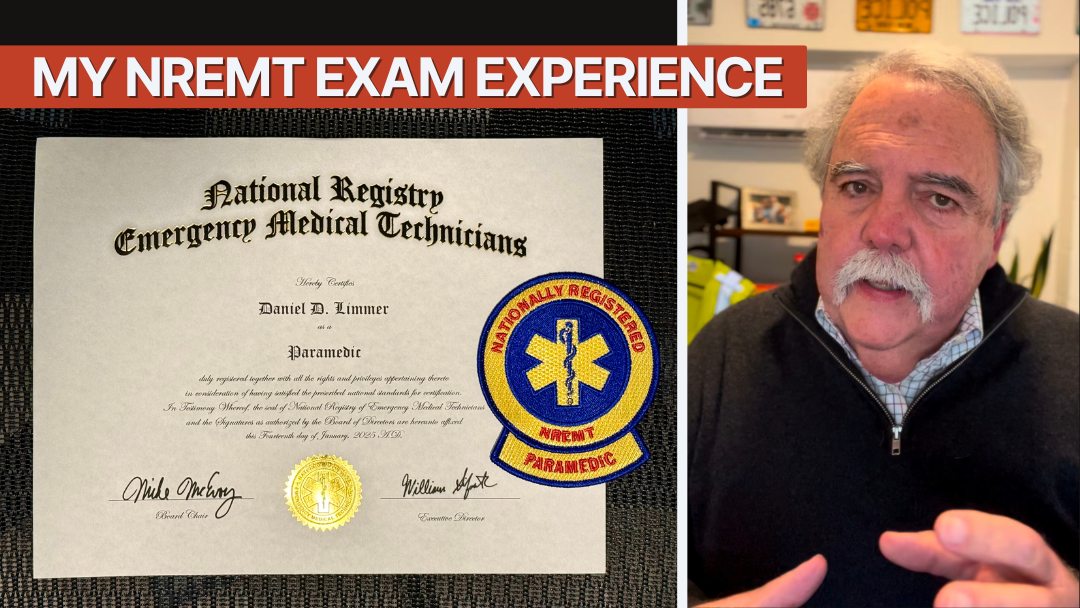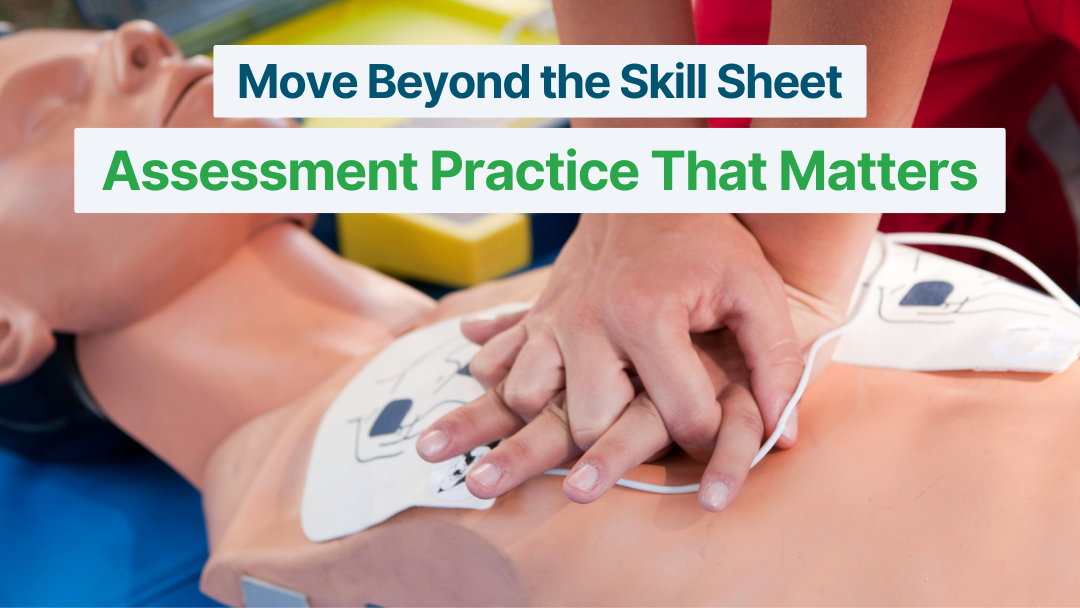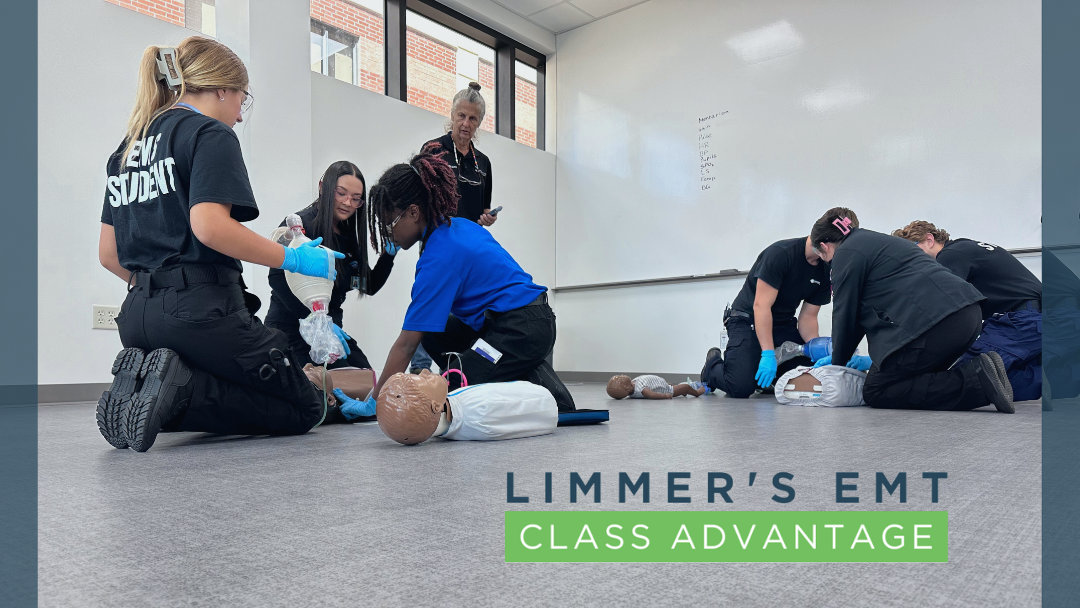EMS Safety and Ambulance Construction

by Mark Forgues
Our articles are read by an automated voice. We offer the option to listen to our articles as soon as they are published to enhance accessibility. Issues? Please let us know using the contact form.
So you’ve taken delivery on your bright, shiny, new ambulance!
Congratulations!
How much design consideration did you give to your new ambulance? How many safety parameters did you build into the truck? Did you think about survivability? Crashworthiness?
Safety protocols in your service?
I’ll bet you use a seatbelt when you’re driving to work; I’ll bet you use the seatbelt on the way to a call, and I’ll also bet that you don’t use one when transporting a patient.
Why is that?
The Problem with Squad Benches
According to the National Highway Traffic Administration’s Office of EMS, 84% of EMS providers were NOT restrained in the patient compartment in ambulance crashes that they investigated. I have pictures of the interior of an ambulance that was involved in a roll-over. There are footprints on the ceiling. The tech could not have been restrained!
Again, why is that?
Because, with most ambulances in the field, you can’t simultaneously be safe and treat the patient.
The current ambulance designs won’t allow it. You can’t reach the patient or provide care while seated because you are too far away on the “squad bench”!
I believe that squad benches are lethal, and putting shoulder harnesses on them increases the lethality. Really.
Picture yourself sitting sideways in a moving vehicle when it gets in a front-end collision.
You are going to the front-of-the-bus, express. You will hit the stop rail at the forward end of the seat or the cabinet (which you will probably break).
OK. “But we have seat belt shoulder harnesses on the squad bench,” you say…
So picture where the shoulder harness is going to contact your neck as you slide forward, sideways…
It sounds like a hangman’s fracture in the making, doesn’t it?
I once ended up against the dashboard from the back-of-the-bus.
I also broke a med box with my head in a heavy stop and spent the night in-hospital.
The cookie-cutter design of most US ambulances wouldn’t be allowed in most of Europe.
I would argue that the current design of ambulances prohibits good patient care.
Another argument is that squad benches allow for the transport of a second patient. Some rural providers have told me that they need to have the capability of transporting two patients at once.
OK, I get it. But you have to realize the risks inherent in doing this to both the provider (who usually ends up standing for the entire trip) and the patient, who is poorly restrained without a shoulder harness.
So, if all goes well, everybody arrives safe and sound.
But what if the crash occurs?
The provider exits the box stage left and ends up kissing the dashboard. The patient—with no shoulder restraints—goes forward striking either the squad bench upright or the stepwell cabinet doors, both of which can deliver catastrophic injuries.
So, what do we do?
Ambulance Safety Solutions
Think of the safety features in your car. Look at European and Australian ambulances.
Assume that after years of safety studies in cars, we can rely on the results. Note that fatalities in MVCs have dropped with each new improvement and design. In general, you should be facing forward with seatbelts/shoulder harnesses.
Airbags only work if you are where the bag “expects” you to be. So, if we aren’t restrained in a “normal” position, we will NEVER get airbags in ambulances. And, by the way, the airbags installed in the few trucks I worked in only deployed during a roll-over.
We need to look at getting rid of the squad bench! We need to look at better positioning for ourselves and our patients. We need to look at head-strike areas, get rid of most overhead cabinets, and replace them with drawers.
An example is shown below. It isn’t perfect, but it is a start.
Related articles

Dan Limmer, BS, NRP

Dan Limmer, BS, NRP
